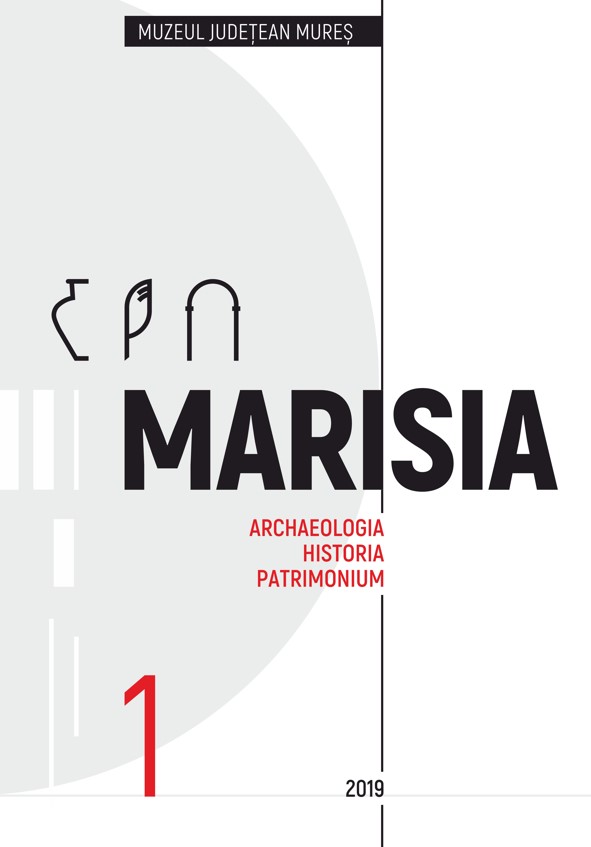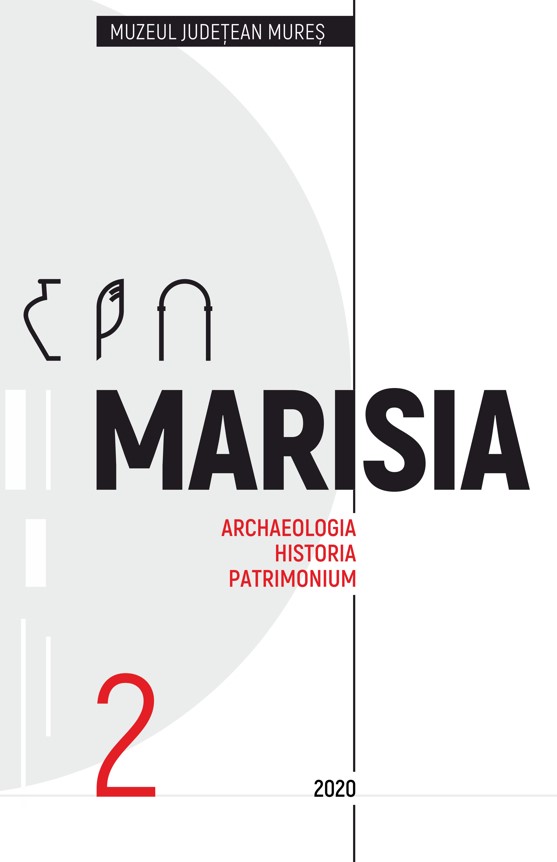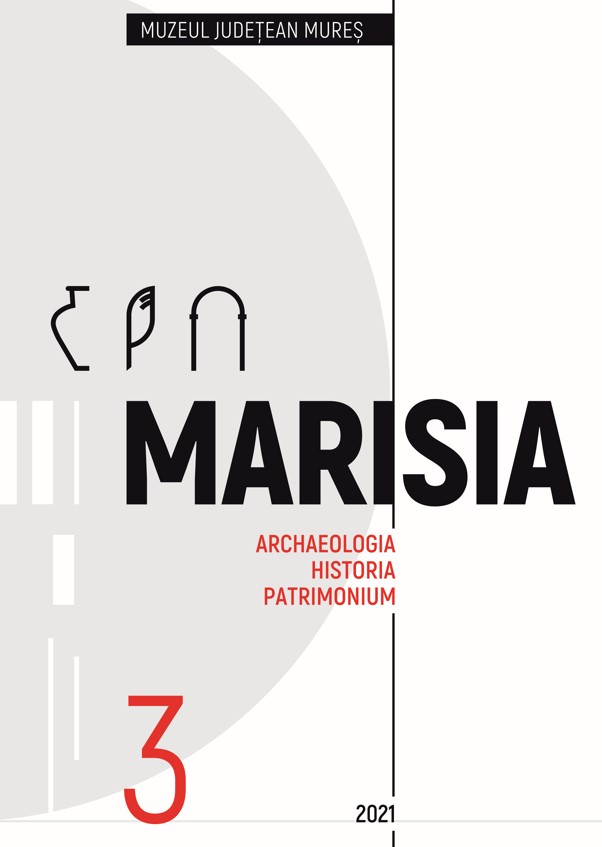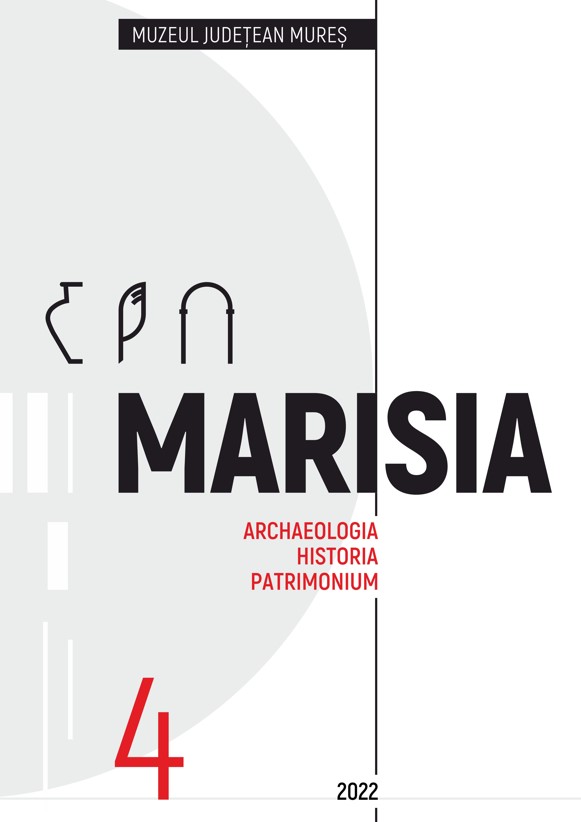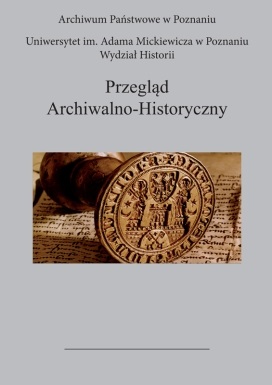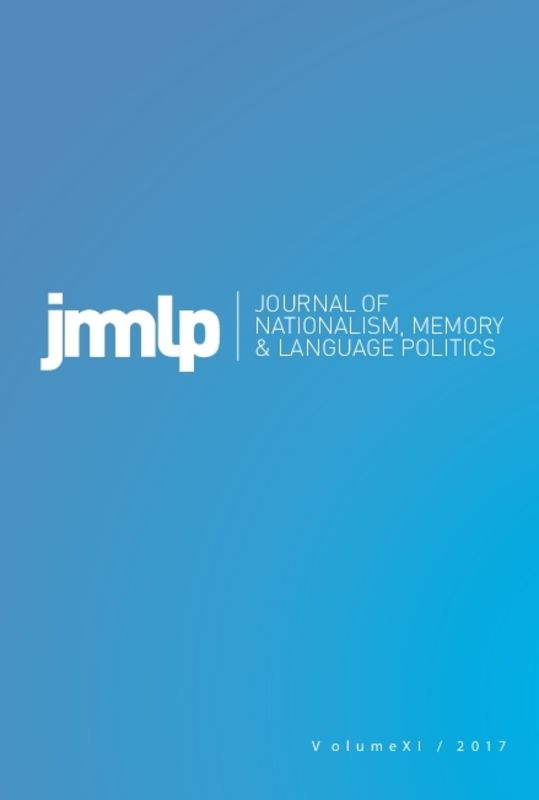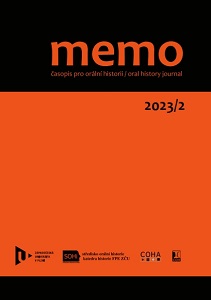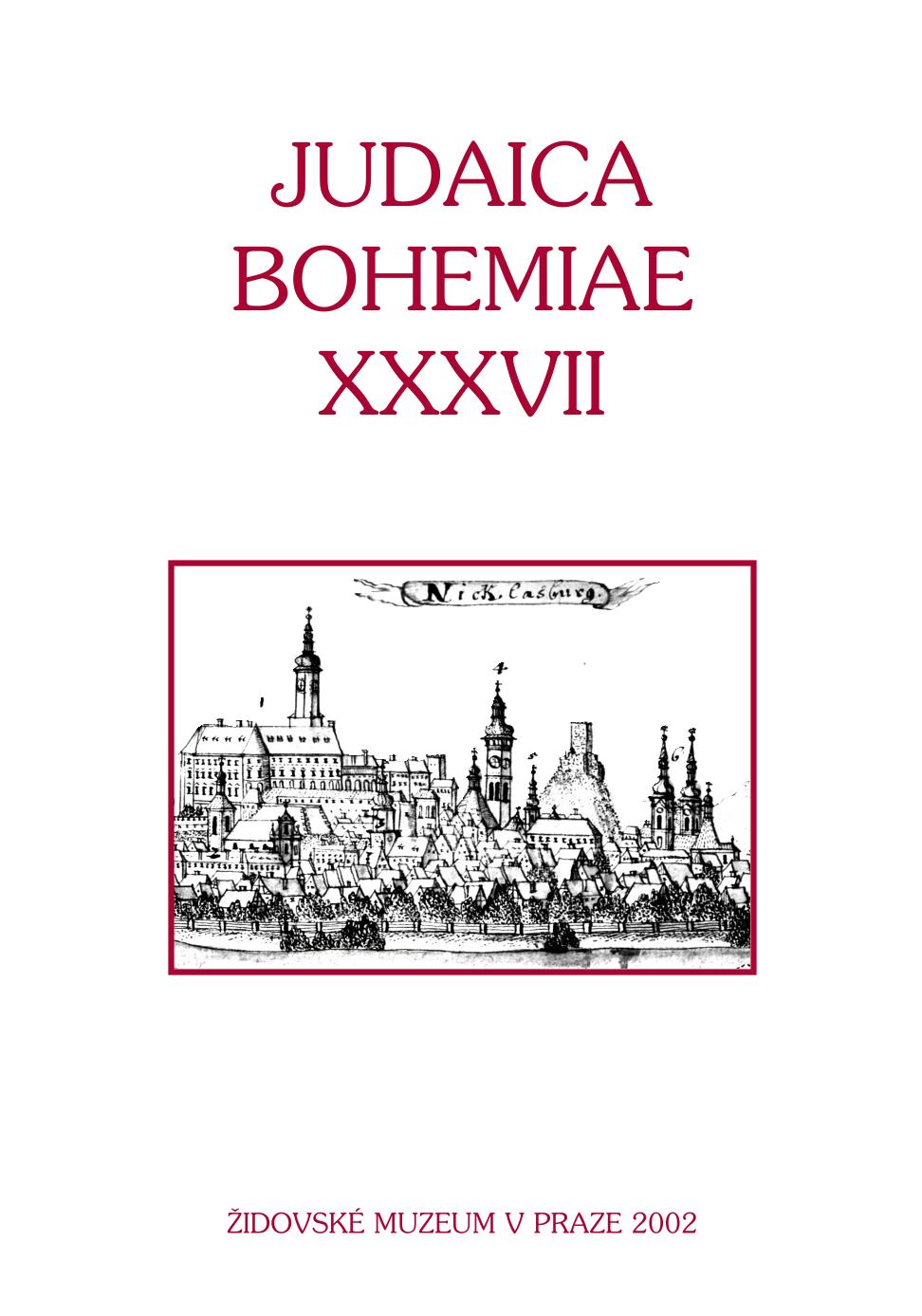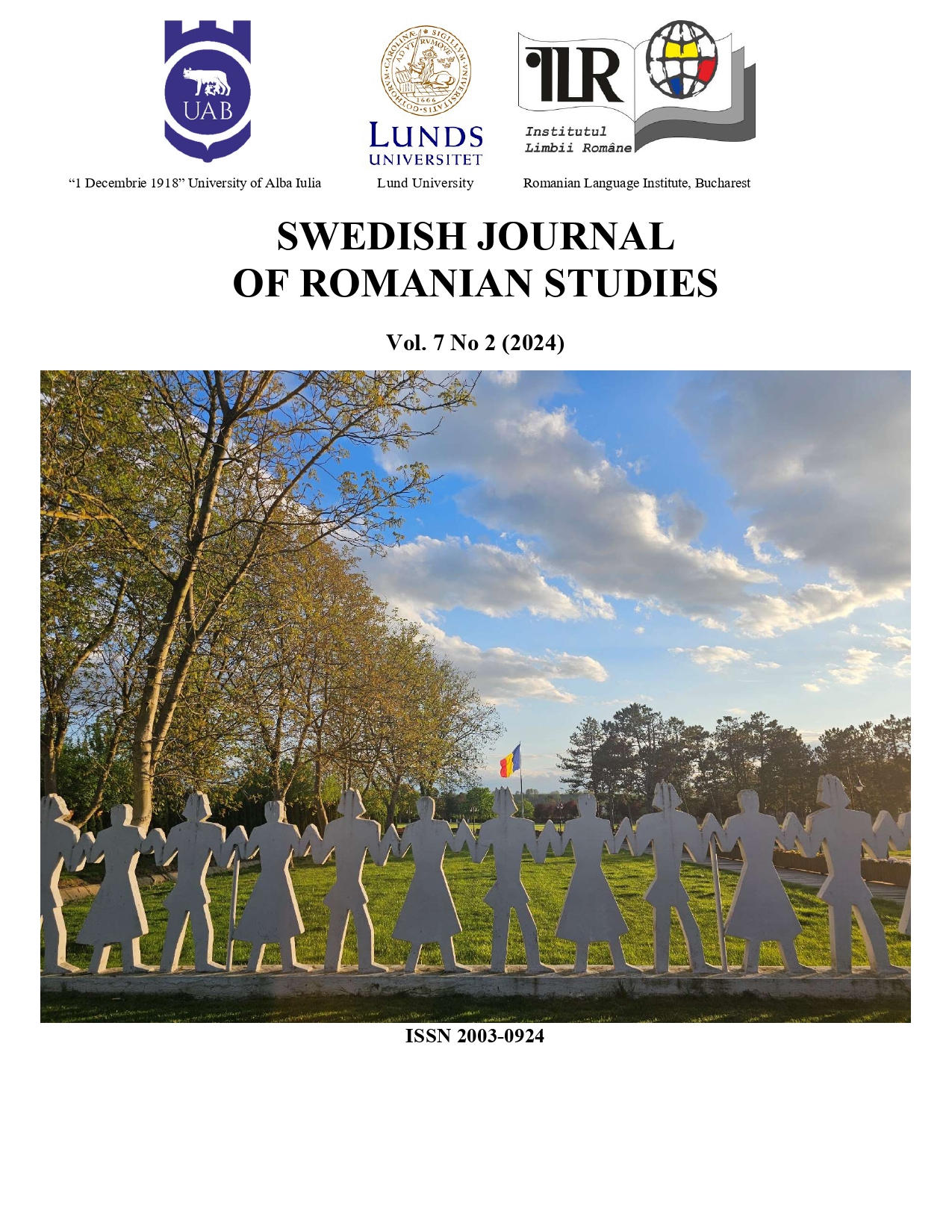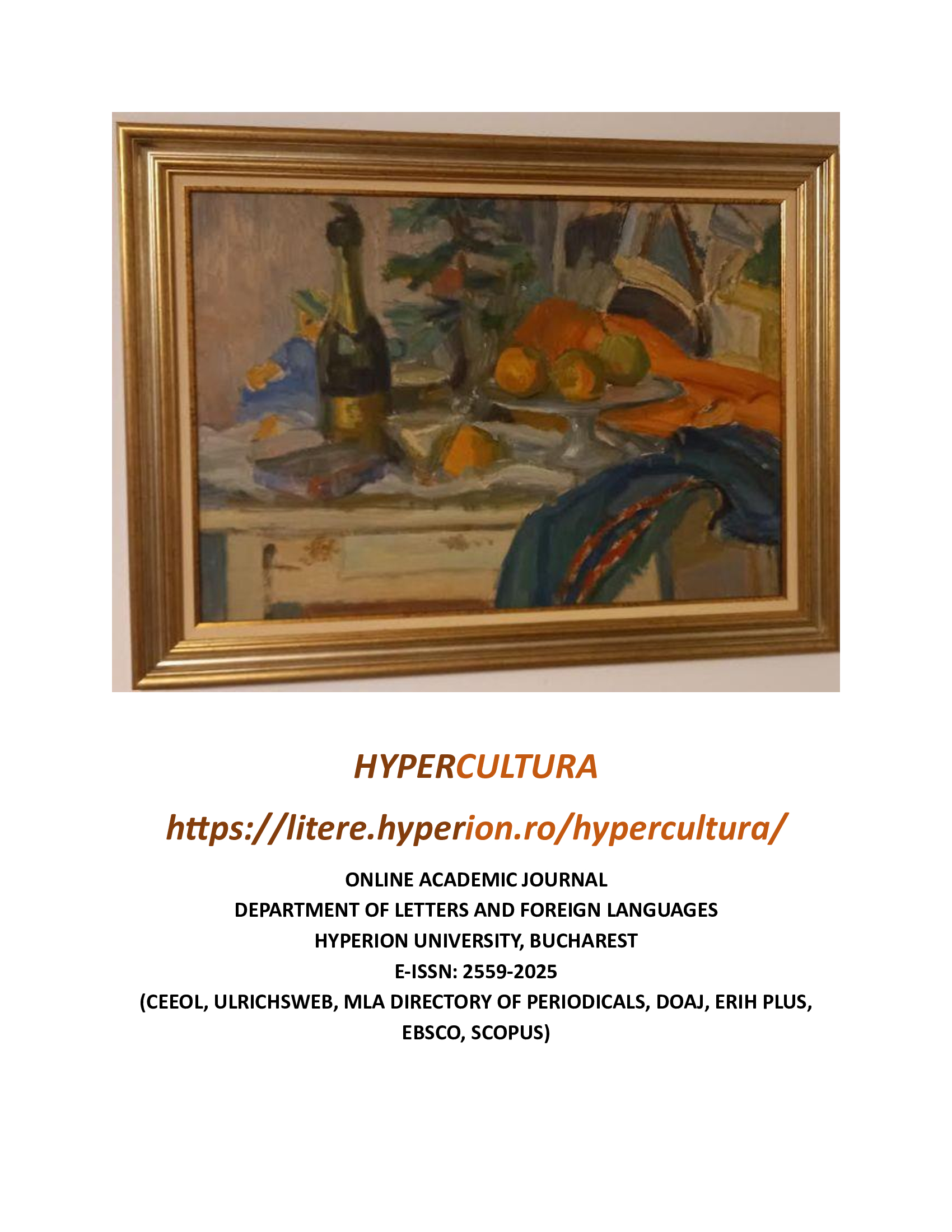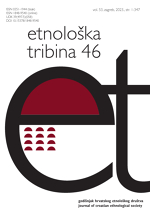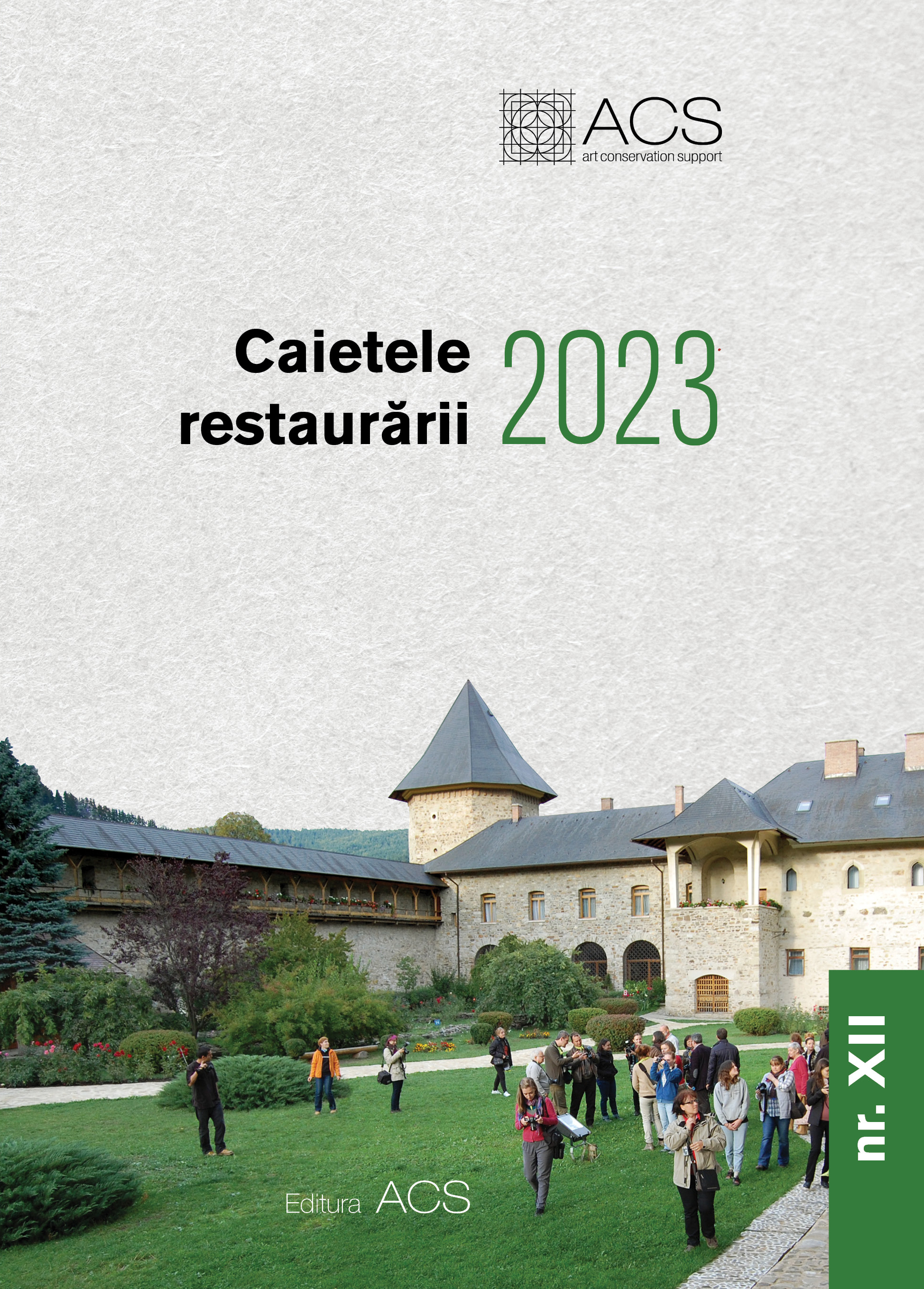
De la măiestrie la decădere: Dilemele patrimoniului industrial din Timișoara
Timișoara, one of the most important industrial centres in the Banat region, experienced a period of progress and development starting from the second half of the 19th century, leaving behind a rich industrial heritage. However, in the past decades, many factories of Timișoara have been left in an advanced state of decay, have been abandoned or demolished. Local authorities, investors, and the community are currently facing the challenging task of revitalizing the former industrial areas in line with the requirements of the local community, often neglecting the preservation of this particular type of heritage. This article explores the evolution of Timișoara’s industry and the current challenges linked to the conservation and reuse of historical industrial sites. It highlights several key moments that generated local economic growth and paved the way for the establishment of major production units, simultaneously examining the intricate interplay between industry and the evolution of the city located on the banks of the Bega River. Considerable attention is given to the recently-demolished former Hat Factory, one of the most significant architectural testimonies of Timișoara’s industrial past. In this context, the article suggests a range of prospective strategies for managing and safeguarding the still-existing industrial heritage in Timișoara, emphasizing the importance of cooperation between authorities, private investors, and the local community in finding viable solutions. In an era of globalization and rapid changes, the protection of industrial heritage becomes a crucial challenge for preserving the identity and memory of this important urban centre.
More...
